Graham Reid | | 6 min read
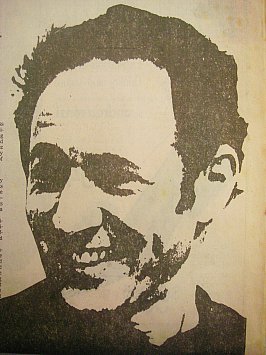
It’s a rare composer who can simultaneously alienate and enthral distinct sections of an audience: Igor Stravinsky unintentionally managed it in 1913 when he premiered The Rite of Spring before an outraged crowd and there were fistfights in the aisles of the Theatre des Champs-Elysees, and so did Alban Berg the same year in Vienna with his Altenberg Lieder.
But as the 20th century progressed the so-called avant-garde isolated itself from traditional concert audiences by becoming increasingly self-absorbed and worrying technical matters into a corner.
The conservatives went their way, the avant set their own -- each into increasing isolation from each other. The potential for antagonising concertgoers diminished as audiences simply went where they could get what they expected.
But just after the middle off the century New Yorker Steve Reich (interviewed here, 1990) provoked audiences. Again and again.
Circumstances have changed considerably from the time when, in 1974, there was turmoil at Carnegie Hall during a Reich concert, the abuse between warring sections of the audience almost bringing the performance to a halt.
Today Reich is in his 70s and he has gone beyond being merely a figurehead for the much misunderstood and previously maligned minimalist movement. These days Reich can reflect on a long career writing soundtracks, acclaimed orchestral pieces and complex multi-media works like The Cave.
However even minimalism’s most ardent champions would concede that the listener unprepared for Reich’s 1965 work It’s Gonna Rain (a 17 minute piece consisting of the title phrase repeatedly looped and going out of phase with itself into what Reich describes as “a kind of controlled chaos”) can be an unexpectedly disconcerting experience.
For those weaned on orchestral music, the sound of a repetitive phrase was abrasive. Yet it is no surprise to find an audience which grew up on rock culture in its many forms -- rap is close to Reich than Ravel -- has less of a problem with even his most difficult work.
Reich’s Different Trains/Electric Counterpoint album of 1988 -- a two-parter with the hip Kronos Quartet on Different Trains and jazz guitarist Pat Metheny on Electric Counterpoint -- is not only a more comfortable listening experience but a useful starting point than It’s Gonna Rain or The Cave in unravelling the various threads which have been spun through Reich’s long, productive and increasingly acclaimed career.
The clues are all on this album which prompted the Village Voice to observe, “if only Reich taught at some advantageous, north-eastern university he’d have the next Pulitzer nailed down”.
(Reich was a Pulitzer finalist in 2004 and 2005)
Different Trains is a seminal work (it won the Grammy for best contemporary classical composition) and incorporates fragments of taped conversations from Holocaust survivors, a retired train conductor reminiscing about his life and Reich’s governess talking about train trips she and Reich used to take. The theme -- which links all those elements with Kronos’ invocations of the edited speech patterns -- is Reich’s recognition that, at the same time he was commuting between Los Angeles and New York as a child, other Jews in Europe were also taking trains to darker destinations.
The piece, in the three seamless movements, has been acclaimed as one of the few artistic responses to the Holocaust which has reached a large audience without compromising the artist’s integrity, and the New York Times hailed it as “a work of astonishing originality”.
Within this one piece Reich brought together his fascination with placing tape and composed material together, rhythms of speech (in the early 60s he attempted musical settings of poetry by William Carlos Williams, Robert Creeley and Charles Olsen) and his Jewish heritage (the four Parts on his Tellihim composition of the early Eighties had been vocal settings of Hebrew psalms).
By using melody drawn from the rhythms of trains, not only is the work more tuneful for conservative listeners but the theme adds more depth than the “field-analysis” style of his first, divisive pieces.
When released on the credible Nonesuch label, Different Trains was paired with its natural partner, Electric Counterpoint featuring guitarist Metheny - who had worked with Ornette Coleman in jazz and David Bowie in rock. For this work Reich recorded multiple tapes of the guitar parts, all of which are played by Metheny. It also included a theme for horn music derived from Central Africa.
Reich had discovered African music at Mills College in California, and in the early 60s and in 1970 he went to Ghana to study with a master drummer.
Within the span of these two works then are a broad synthesis of an extraordinary career as a composer which has seen Reich move from the lofts of SoHo in New York to filling concert halls around the world.
His albums also sell because Reich has consciously worked for a place between the remote and often wilfully removed avant-garde of the Sixties, and the popular mainstream. It is no surprise to find him number among his friends David Byrne of Talking Heads and Brian Eno, or hear echoes of his work in the coolly detached performance pieces of Laurie Anderson.
Reich’s influence today ignores the barriers between styles, but the journey to the pages of Time magazine and other midpoint publications was not easy despite his long insistence on the accessibility of his music.
Those who stormed out of his concerts -- and at one time there were very many of them -- did his integrity a disservice.
Stephen Michael Reich was born in New York City in 1936 and had few inclinations towards a career in music despite piano lessons, an early interest in bebop jazz and a love of playing drums.
His parents separated when he was a year old and he spent time in both New York and California. He entered Cornell University in 1953 and his thesis was on the linguistic theories of Ludwig Wittgenstein. At Cornell he encountered contemporary classical music and, choosing music over post-graduate study at Harvard, he drove a cab in New York while studying composition.
He rejected the serialism and atonality of his contemporaries and teachers (who included Darius Milhaud and Luciano Berio) and began experimenting with tapes. One of his early works, perhaps understandably entitled Livelihood, was a three minute distillation of 10 hours of back-of-the-cab conversations.
The breakthrough came with It’s Gonna Rain where he edited a city park sermon by a black preacher down to the three words, made a duplicate tape, and discovered by accident the possibilities of having them play together but go increasingly out of synchronisation.
The result was an ever-changing relationship of sound because of the phasing effect but which would regularly, albeit briefly, come back in unison.
He made a number of pieces in this manner -- often with a political subtext, as in Come Out which uses a fragment of a phrase by a young black beaten in a race riot which was presented as part of a benefit to raise funds for the retrial of the accused “Harlem Six”.
Reich also moved from tape to real instruments playing in real time (Piano Phase of 67 has paired pianos going out of their originally parallel tempo) and explored percussion (Drumming in 70 with his large ensemble, Clapping Music in 72 for two performers).
Music for 18 Musicians, recorded for the European jazz label ECM in 76, took Reich to a larger audience again.
And by including himself as a member of his ensemble Reich also sought to reconcile the roles of performer and composer. For the rock culture generation, that move conferred star status on Reich and placed him alongside “progressive” art-rock figures such as David Byrne and Frank Zappa.
As part of the loose minimalist school (where performers/composers use simple elements which are repeated with or without variation, but often in complex ways) Reich, along with pianist/compose La Monte Young, Philip Glass (who shifted into operatic works and soundtracks) and Terry Riley, draws attention to cultures where music is integrated into social activity.
By observing that Bali is closer to California than Vienna, the movement also promoted the notion of traditions outside European models.
Reich’s rediscovery of his Judaic heritage in 1974 -- after exploring Buddhism and transcendental meditation duuing the Sixties and Seventies -- directly resulted in Tehillim in 81 and his recordings of singers from Iraq, the Yemen, India and Kathmandu who have been unaffected by European traditions.
However it was the pairing of the emotionally powerful Different Trains and the hypnotic Electric Counterpoint which staked Reich’s claim as one of the most important and innovative composers of the 20th century.
The album was reviewed in jazz, rock and classical magazines as well as the popular press, and Reich’s influence subsequently infiltrated the musical consciousness of a generation too young to recall a time when he was ridiculed and reviled.
Like John Cage, Pierre Boulez and Stravinsky before him, Reich simply became part of the musical kaleidoscope of the 20th century.
What has become clear about Reich’s work is its impassioned, anti-avant-garde nature. The repeated pulse of his music -- minimalism was briefly called “trance music” -- sings to the heart and a deeper consciousness.
Rolling Stone magazine identified the audience for the work of the minimalists, it was an audience wary of the self-important, closed universe of the post-World War Two atonalities and experiments.
“Like all really innovative art,” the magazine observed in 1979, “the works of Steve Reich and Philip Glass have encountered fierce resistance from the hidebound world of classical music. Yet both composers have won themselves a new audience, drawing from many different stylistic camps.
“All that these fans share is a willingness to accept the new, and a yearning for a transcendent romanticism in music.”

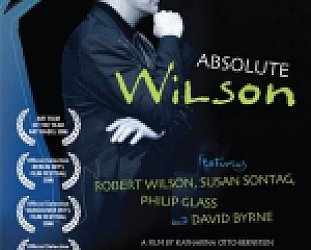
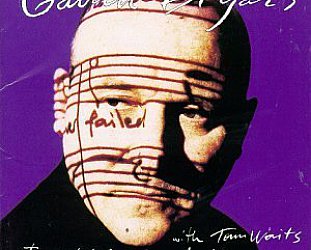
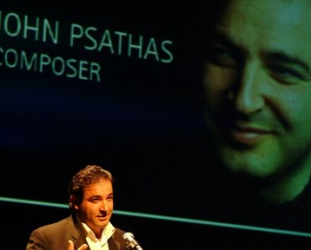

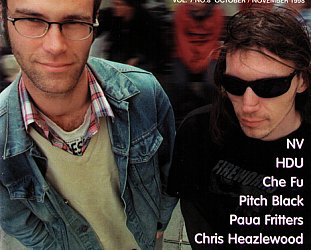
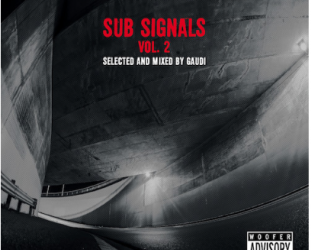
post a comment